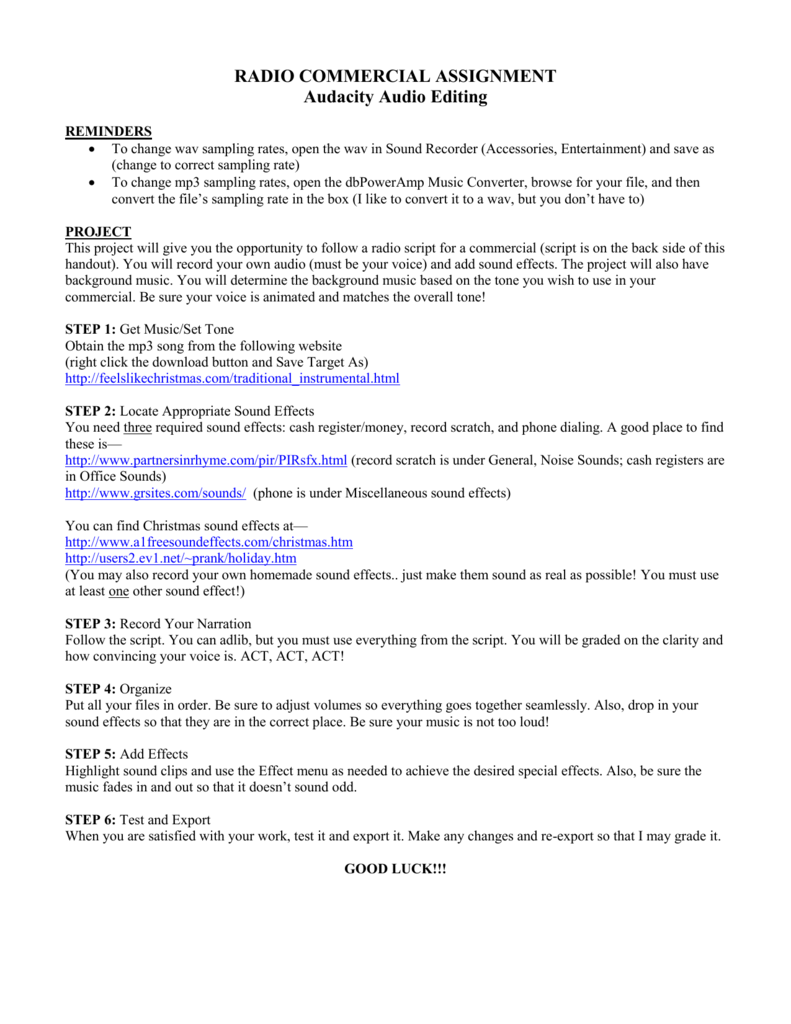

THE OFFICE SOUND EFFECTS FOR EDITING MOVIE
One by one, Costin’s film salutes the “circle of talent” whose combined efforts go into a modern movie soundtrack: the live recording technicians, dialogue editors, ADR (Automated Dialog Replacement) specialists, Foley artists, sound effects and ambiance experts, and musicians. (The studio agreed to foot the bill after they heard the final results.) Among the major innovators of that era were Robert Altman, who miked every actor in his ensemble for the dense multi tracks in Nashville Francis Ford Coppola, orchestrating the sounds of war and chaos in Apocalypse Now and David Lynch, who, with Alan Splet, created bizarre soundscapes on a shoestring budget in Eraserhead. One of the driving forces at the time was Barbra Streisand, who says she was prepared to spend $1 million of her own money on the four-month stereo mix of her A Star Is Born. The film acknowledges the early audio innovations of films like King Kong and Citizen Kane, but the true revolution happened with the introduction of Dolby noise reduction and the more widespread adoption of stereo sound in the mid-’70s. And often the word “subliminal” comes up to describe the stealthy impact of audio and perhaps explain why it’s so often taken for granted. The film begins poetically by noting that our first experience of life is via the sounds we hear in the womb. A nine-year passion project, Making Waves makes a cogent argument that sound is “half the experience” of a movie, as George Lucas observes (and, indeed, the later clips offer proof that Star Wars wouldn’t be Star Wars without its pioneering sound effects).

The director, Midge Costin, knows the subject well: She’s been a Hollywood sound editor for over 25 years, and is the Kay Rose professor in the art of sound at the USC School of Cinematic Arts. Now, motion picture sound designers and mixers get their due in Making Waves: The Art of Cinematic Sound, which had its world premiere last night at New York’s Tribeca Film Festival.

Then came The Cutting Edge: The Magic of Movie Editing (2004), and Score: A Film Music Documentary (2016). First there was Visions of Light: The Art of Cinematography (1992), a documentary overview of the great DPs in movie history.


 0 kommentar(er)
0 kommentar(er)
